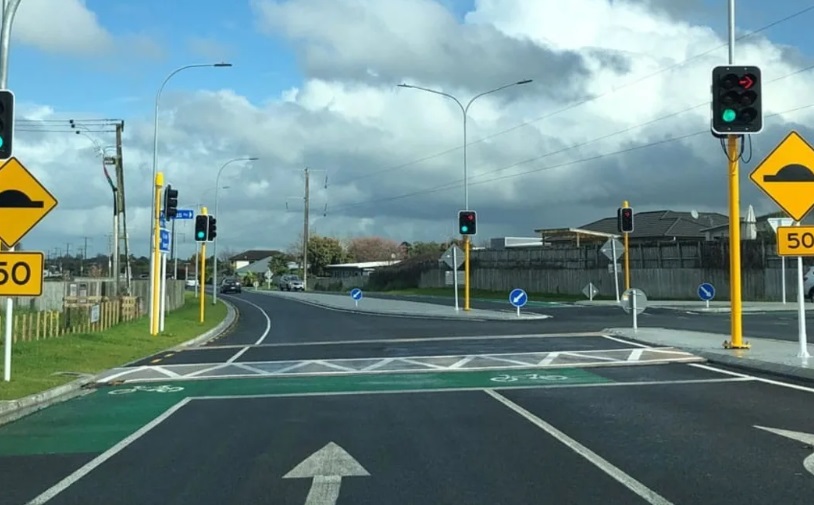
More than 300 applications for speed bumps, raised crossings and other traffic-calming measures will not progress after the government withdrew the funding available to local councils.
The Land Transport Programme was recently announced and boasts a record $32.9 billion investment in New Zealand's transport network between now and 2027.
This includes the plan for 17 new Roads of National Significance and a pothole prevention fund.
What it does not cover is any funding for councils to install speed bumps, raised crossings or any other measures that may slow traffic down.
Just this week, the new setting of speed limits rule has passed into effect which removes the permanent 30kmh speed limit around schools, and by July next year all speed limits are to be variable - meaning lower limits are only in force during certain hours such as school drop-off and pick-up times.
Transport Minister Simeon Brown described it a "sensible approach".
But transport engineer and planner Glen Koorey said there was a lot of evidence both locally and internationally about the positive impact lower speeds and raised platforms had.
While travelling in Europe himself, Koorey said he did not see one town without a low speed limit.
With raised platforms, there was typically a 30-40 percent reduction in deaths and serious injuries, and Auckland had seen even better results, Koorey said.
Lower speeds also meant drivers slowed down a bit more and contributed further to a reduction in deaths and serious injuries.
Koorey said "a lot" of evidence had been presented to the government but it "hadn't been able to cut much ice".
Pembroke Primary School in Oamaru had plans confirmed late last year to have traffic lights and a pedestrian crossing on nearby State Highway 1 moved for safety improvements.
But principal Brent Godfrey said as soon as the new government was elected, those plans were cancelled.
Due to safety concerns, Godfrey said the school had employed someone to stand at the crossing for "many years" to stop traffic and help the children cross as drivers struggled to see them.
One pupil had even been injured on the crossing.
"[They] ended up in hospital with a broken leg."
He said they had also seen multiple accidents where cars had hit the back of the cars in front of them after they had stopped for the crossing.
He told Nine to Noon they would like to have slower speeds and speed bumps around the school to slow vehicles down.
"It's a good idea to slow things down, pedestrians are always being hit and that's due to speed."













